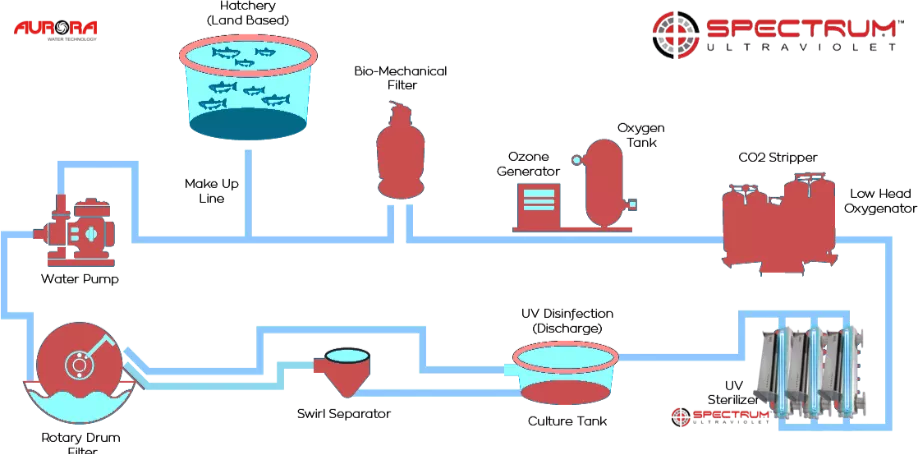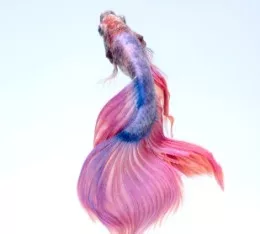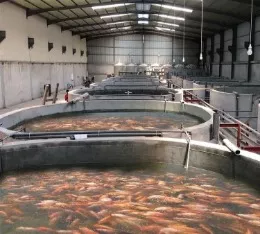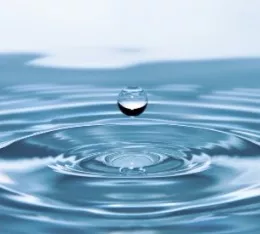This is a special report
Improving Freshwater Quality in Aquaculture with AURORA UV Sterilizers
Water quality is crucial for a successful aquaculture operation, but increasing disease concerns and water scarcity have made it challenging to maintain optimal conditions. That's where UV sterilizers come in –they are a proven solution for reducing pathogens in aquaculture facilities, which can subsequently improve water quality.

Hatcheries and seafood rearing facilities continue to evaluate the improvement of their water quality, through the implementation of new and sophisticated aquaculture filtration systems. Due to water scarcity, it is important to ensure that aquaculture facilities have access to high-quality UV sterilizers that can effectively treat the available water.



AURORA WaterTech has over 12 years of experience in manufacturing ultraviolet sterilizers to provide custom solutions to a wide variety of applications. Our ultraviolet sterilizer systems work in fish hatcheries, incubation and rehabilitation facilities, depuration facilities, aquariums, and zoos. (freshwater only)
Understanding UV Light
Ultraviolet (UV) light is a form of light that is invisible to the human eye. It occupies the portion of the electromagnetic spectrum between x-rays and visible light. A unique characteristic of UV light is that a specific range of its wavelengths, those between 200 and 300 nanometers (billionths of a meter), are categorized as germicidal – meaning they are capable of inactivating microorganisms, such as bacteria, viruses, and protozoa. The ultraviolet germicidal lamp uses a lamp tube made of quartz glass with high ultraviolet transmittance as a protective outer tube to prevent contact with water. It utilizes low-pressure mercury discharge lamp to emit artificial ultraviolet radiation with a wavelength of 254 nm, which has a high absorption value for the nucleic acid in bacteria and viruses, and can destroy their life genetic material (DNA) by producing intense chemical reactions within the molecules, making them unable to reproduce. The most significant reaction is the formation of dimers of pyrimidine bases within the nucleic acid molecule. Currently, it is believed that the main cause of ultraviolet radiation-induced death is the formation of pyrimidine dimers. In addition, ultraviolet radiation also causes photolysis and reactions within nucleic acids, as well as photo-crosslinking reactions between nucleic acids and proteins, which also have some impact. As nucleic acid is the essence of life that carries genetic information and all essential life functions, any changes or damage to it will inevitably be detrimental to the continuation of life. Therefore, ultraviolet radiation can effectively eliminate bacteria and viruses in water. Ultraviolet (UV) Sterilizer plays an important role in the complete water treatment process in aquaculture facilities.
Applications of UV Sterilization in Aquaculture
The most common application of UV Sterilization in water treatment is disinfection. SPECTRU UV Sterilizer Systems have proven to be a cost-effective disinfection technology for inactivating many types of harmful bacteria, viruses, and parasites that can affect many species of fish." UV light sterilizers are also applied to consume the residual ozone in the bulk water prior to contacting the fish, ozone can be toxic or fatal to the aquatic life being reared.
Benefits of UV Sterilizers in Aquaculture
Using UV sterilizers in aquaculture facilities can have several benefits, such as:
• Improved fish health and growth rates
• Reduced water usage
• Lower operating costs
• Less need for chemical treatments
• Improved efficiency and sustainability
If you're looking for a reliable and cost-effective solution for improving water quality and reducing disease in your aquaculture facility, consider using SPECTRUM Ultraviolet sterilizers of AURORA WATERTECH.




